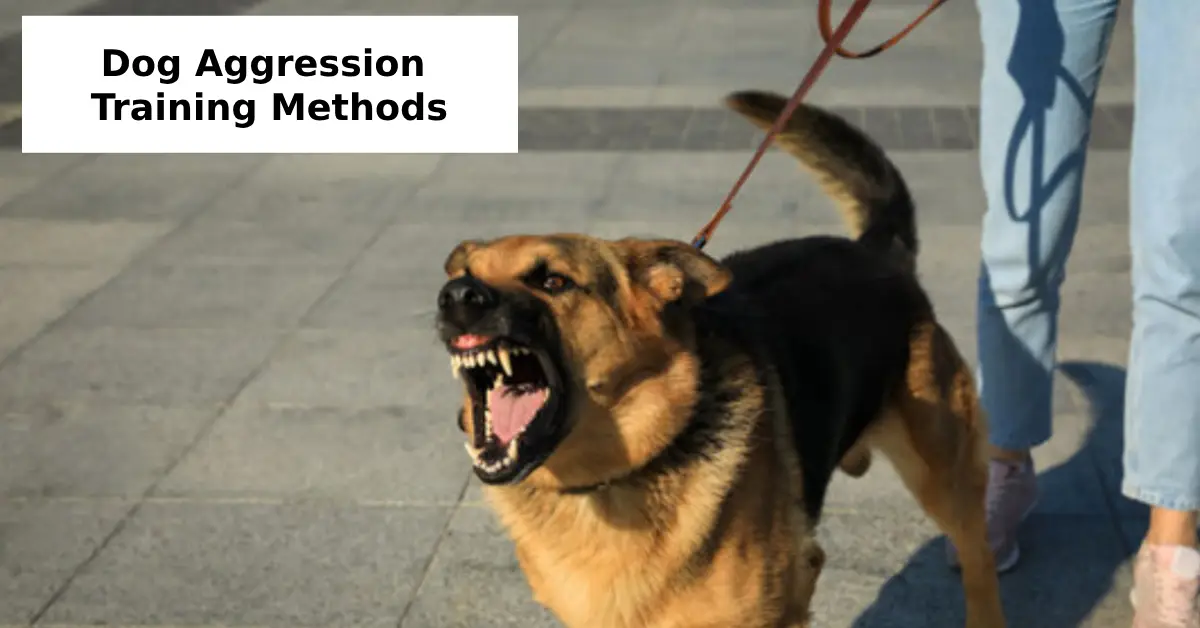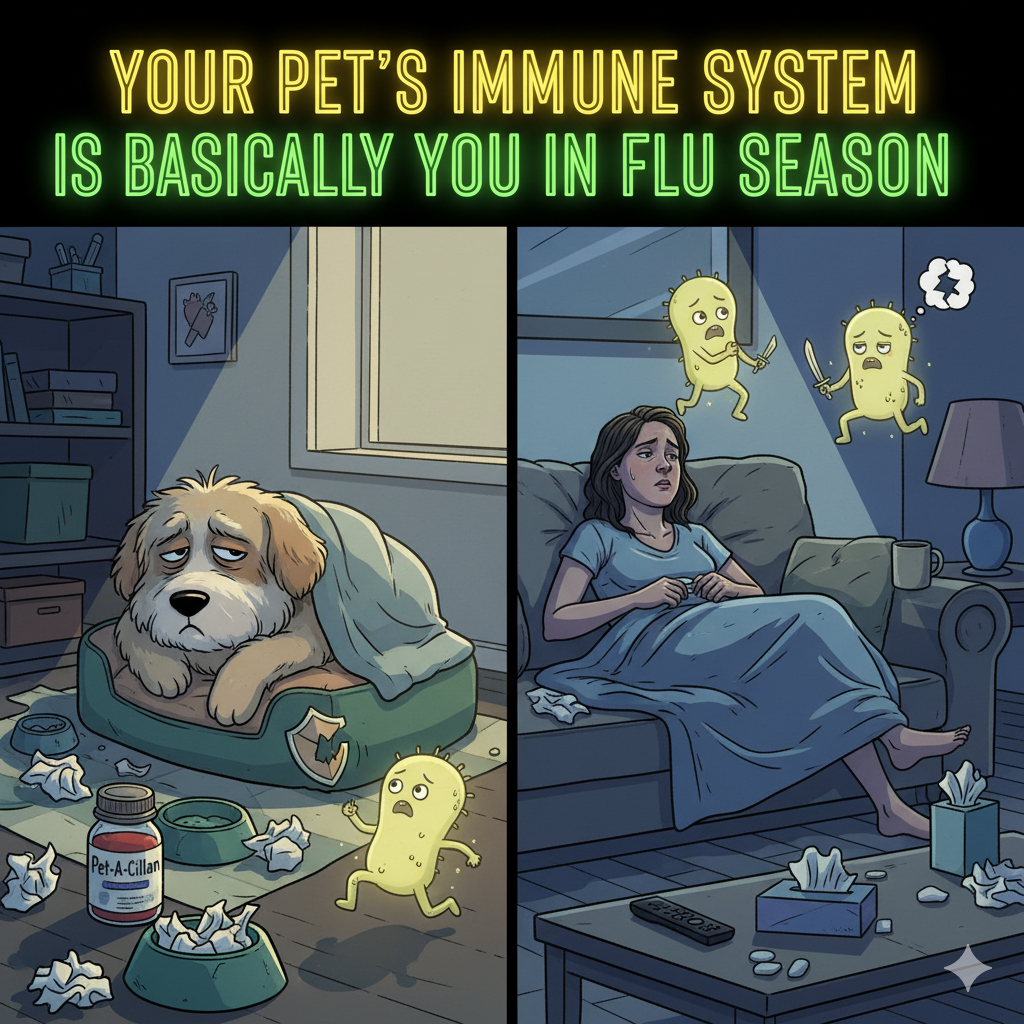Aggression in dogs can be frightening, stressful, and sometimes dangerous for pet owners and the public. Whether you’re a first-time dog owner facing behavioral challenges or a pet parent adopting rescue dogs with behavior issues, it’s essential to understand that aggression is not a personality flaw—it’s a behavior that can be managed with the right approach. In this detailed guide, we explore dog aggression training methods that are humane, effective, and backed by canine behavior experts.
Understanding Dog Aggression: Why It Happens
Dog aggression can stem from fear, dominance, frustration, pain, or territorial behavior. Aggression in rescue dogs is common due to past trauma or inconsistent training. Certain breeds like Pitbulls or German Shepherds may show dominant traits, but aggression is not breed-specific—it’s often about the environment, training, and early socialization.
Veterinarians and certified dog trainers for aggression often emphasize the importance of identifying the root cause. Is your dog aggressive toward people, other animals, or food possessive? Understanding the “why” behind the behavior is the first step in finding the best solution.
Core Dog Aggression Training Methods
When training an aggressive dog, the focus should be on positive reinforcement and behavior correction—not punishment. Here are the most trusted dog aggression training methods used by professionals:
1. Desensitization and Counterconditioning
This involves gradually exposing your dog to the trigger (another dog, person, etc.) at a distance where they feel safe, and then pairing the exposure with positive experiences (like treats). Over time, this method helps change the dog’s emotional response.
2. Obedience Training
Structured obedience is one of the best training methods for aggressive dogs. Commands like “sit,” “stay,” and “leave it” can interrupt aggressive behavior and redirect focus. Many experts recommend dog obedience classes for aggressive dogs as part of a comprehensive solution.
3. Calm Leadership and Routine
Dogs thrive on structure. A calm, confident owner who provides a consistent routine can help reduce anxiety-driven aggression. This is especially important for families concerned about dog aggression around kids.
4. Clicker Training for Dogs
This form of positive reinforcement can be effective in reshaping behavior. Using a clicker to mark desirable behavior, followed by a reward, helps dogs understand what is expected. Learn more about clicker training for dogs.
How to Stop Dog Aggression Towards Other Dogs
If your dog reacts aggressively during walks or in dog parks, it’s essential to act quickly. Start with short, controlled exposure to calm dogs at a distance. Gradually reduce the distance as your dog learns to remain calm. Avoid punishment or forcing them into uncomfortable situations, as this may escalate aggression.
For urban dog owners dealing with aggression in public settings, focus on leash training and controlled desensitization sessions. Avoid high-energy environments initially.
When to Seek Professional Help
Some aggression cases require intervention by a canine aggression specialist USA or a certified dog trainer for aggression. Professionals conduct in-home evaluations and develop customized behavior modification plans. This is especially beneficial for pet bloggers and dog trainers creating educational content, as it provides a model for expert techniques.
Search for dog aggression training near me to find local certified professionals. Online directories or referrals from veterinarians or vet techs recommending behavior correction can lead you to trusted trainers.
How to Calm an Aggressive Dog at Home
Consistency and calm energy are key. Here are at-home tips:
- Avoid triggers: If you know what sets your dog off, avoid those triggers until you’ve trained a better response.
- Exercise and mental stimulation: Tired dogs are less likely to act out.
- Calm space: Create a quiet area where your dog can relax, especially if overwhelmed.
- Training sessions: Keep them short and positive. Focus on rewarding calm behavior.
These strategies work well for dog lovers interested in humane training techniques and provide safe daily practices for aggression management.
Dog Obedience Classes for Aggressive Dogs
Group obedience classes are often not ideal for dogs showing high levels of aggression. Instead, look for trainers offering individual dog aggression training methods. One-on-one sessions help identify specific issues and ensure progress without overwhelming your dog.
Classes that incorporate aggressive dog behavior training techniques offer controlled environments, allowing your pet to practice new behaviors safely.
Aggression in Rescue Dogs Training – A Special Focus
Pet parents adopting rescue dogs with behavior issues must be especially patient. These dogs may have endured neglect or abuse, and aggression may be a defense mechanism. Building trust is critical.
Steps to take:
- Start slow with low-pressure socialization.
- Use food-based positive reinforcement.
- Avoid confrontational training methods.
With time, love, and the right dog aggression training methods, rescue dogs can become wonderful family companions.
Dog Bite Prevention Training – Safety Comes First
Preventing dog bites isn’t just about controlling aggression; it’s about teaching dogs what’s acceptable. Training should focus on:
- Not rewarding jumping, barking, or lunging.
- Teaching impulse control (e.g., “wait” or “leave it”).
- Managing interactions around children.
Dog bite prevention training is essential for families concerned about dog aggression around kids, and it’s recommended by most behaviorists and veterinarians.
DIY vs. Professional Training
While many dog owners with aggressive pets try to train at home, professional support often leads to faster, safer results. DIY methods should always avoid aversive techniques. Positive, force-free methods work best.
People searching for professional dog trainers should look for certifications from organizations like the IAABC, CPDT-KA, or APDT, which ensure trainers are knowledgeable in humane, evidence-based approaches.
Putting It All Together: A Training Roadmap
- Evaluate aggression triggers
- Rule out medical issues with a vet
- Start obedience training immediately
- Use positive reinforcement like clicker training
- Incorporate desensitization techniques gradually
- Contact a certified aggression specialist if needed
For owners of specific breeds known for dominance, this structured plan is even more crucial. With effort, commitment, and the right guidance, even the most challenging dogs can learn to trust and behave calmly.
Final Thoughts
Dog aggression is not a hopeless case. With the right dog aggression training methods, most aggressive dogs can become calm, loving pets. Whether you’re working through aggressive dog behavior training at home or seeking help from a certified dog trainer for aggression, the key is patience, positivity, and consistency.
For those in the U.S. searching for dog aggression training near me, begin with consultations to evaluate your dog’s needs. Aggression doesn’t define your dog—it signals a need for understanding and change.
So take the first step today. Equip yourself with knowledge, compassion, and professional support. Your dog deserves it—and so do you.






2 thoughts on “Effective Dog Aggression Training Methods”